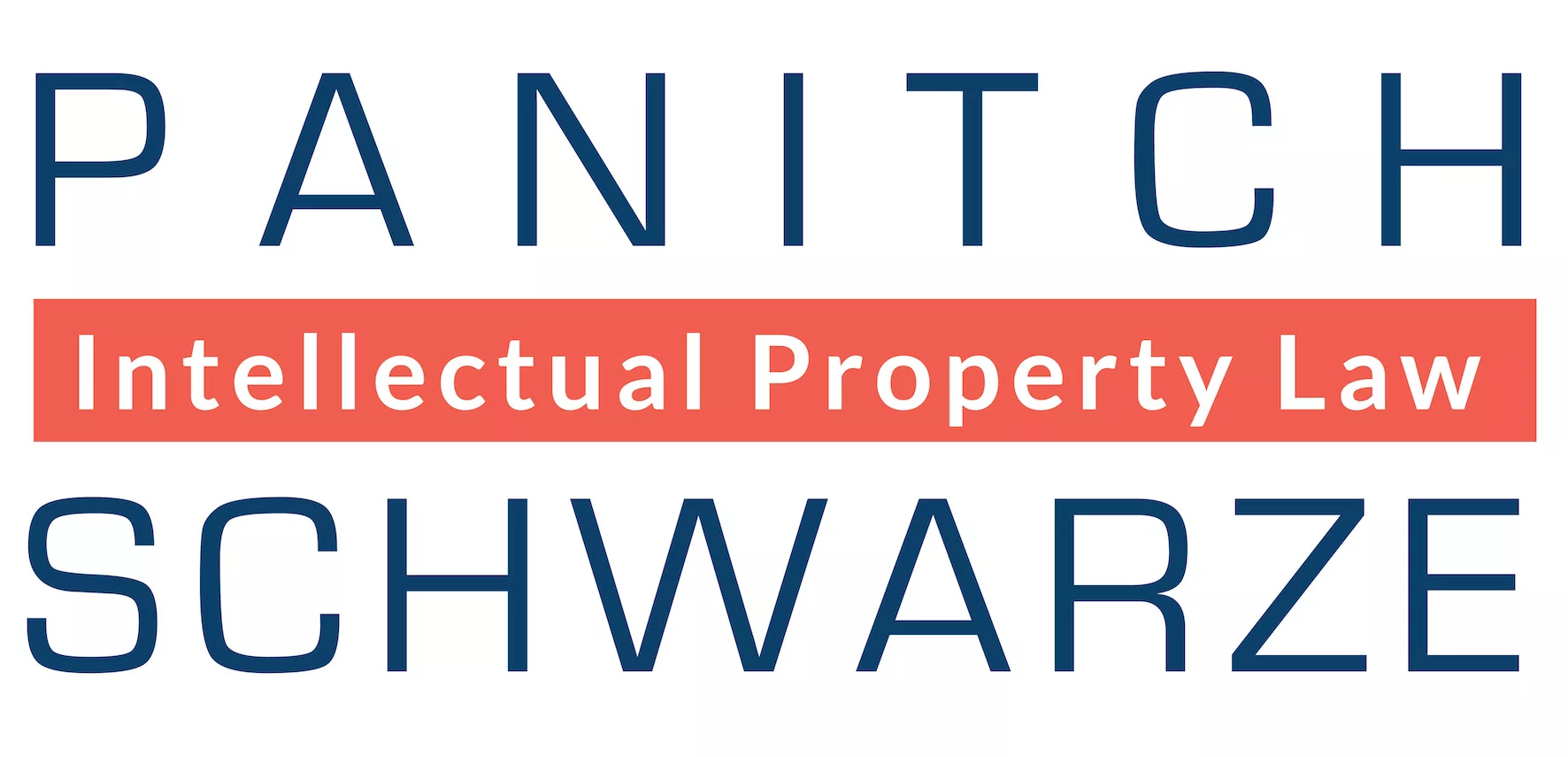One of the most important messages parents convey to their children about their online presence is that the internet is forever. Images and messages posted online are an indelible mark that may be difficult, if not impossible to remove, so great thought and consideration should be given as to how others will view thoughts, images and expressions. Patent applicants should similarly heed this advice and take great care with the language and choices that are made during the patent prosecution process.
Choose Your Words Carefully
Patent applicants are proud of their inventions. This pride can create the strong inclination to offer background and contextual information, which may seem harmless to the applicant, but the reverse may be true in the case of the U.S. Patent and Trademark Office (USPTO).
Any background information an applicant offers in their patent application usually presents nothing more than an opportunity for an examiner to use "admitted prior art" in rejecting the claims, or as evidence to be used against the applicant in any later patent infringement case. These statements are known as "admissions."
The most important thing to remember about admissions made in a patent application is that they not only are binding, they are usually permanent. For example:
- An application admission cannot later be disputed with contrary expert testimony.
- A jury is not free to disregard admissions made in a patent application.
- An applicant cannot later recant from admissions made in an already issued patent.
For these reasons, the language contained in a patent application is critical and must be chosen with extreme care, preparation and thought to avoid unnecessarily sacrificing scope, or even patentability, of the invention.
What is an Admission?
The USPTO defines an admission as a statement an applicant makes in the specification or during prosecution identifying another's work as prior art, which can be relied upon for both anticipation and obviousness, regardless of whether the admitted prior art otherwise qualifies as prior art under the relevant statute.
In other words, any statement discussing the work of another as prior art can and will be used against the applicant, even if it's not actually "102" art. The solution is to focus as much as possible on your own invention and the specifics necessary to describe what it is and how it works. To the extent possible, stay away from statements that discuss what others have done in the past or any historical backstory.
What Counts as an Admission?
No magic words are needed to qualify a statement as an admission of prior art, and an admission can be recognized as such either explicitly or implicitly.
Explicit Admissions
These are typically direct references to documents, structures, methods, or the like as existing prior art. Explicit admissions are frequently designated by the inclusion of drawings with a label "Prior Art" or something similar. Take note that once a drawing is admitted as prior art, the corresponding text in the specification also is considered prior art for all purposes regardless of designation. The solution here is that applications should avoid the use of prior art drawings. The USPTO generally does not want them in the application anyway unless they are necessary to understand the invention. Any specific exceptions to this general rule should be considered and addressed with great care.
Implied Admissions
These are implicated by context or through the use of certain trigger words such as "conventional," "known," "previous," "related art," or "background art." Because there are no magic words needed to create an admission, merely avoiding the term "prior art" does not guarantee avoiding the inference that a statement is, actually, prior art. In fact, in some instances, the USPTO is permitted to presume portions refer to prior art absent the applicant's express denial.
Exceptions
There are very limited exceptions, but the main one is that admissions must relate to the work of another. This means that an applicant's own previous work may not be considered prior art unless it already qualifies under one of the designated statutory categories.
Experience Matters
Choosing experienced counsel is paramount when the language contained in a patent application is vital not only to the probability of success that a patent will be issued, but that the patent will be worthwhile to later enforce. Every word in the patent application and how it is formatted is significant. The wrong or weak verbiage could mean the difference between your patent not being issued or making it susceptible to attack or avoidance by a competitor.
The wisest course of action is to invest in seasoned counsel who can avoid the pitfalls of making a crippling admission and who offers the ability to successfully guide your patent application through this delicate and nuanced process. To those with limited experience, what constitutes an admission often is not readily discernable, which can be a compromising error.
While there is no such thing as a perfect application, patent prosecution is certainly one area of practice that suggests a client seek counsel with an appropriate level of sophistication and knowledge to reduce as much risk as possible.
Originally published March 17th, 2020
The content of this article is intended to provide a general guide to the subject matter. Specialist advice should be sought about your specific circumstances.

